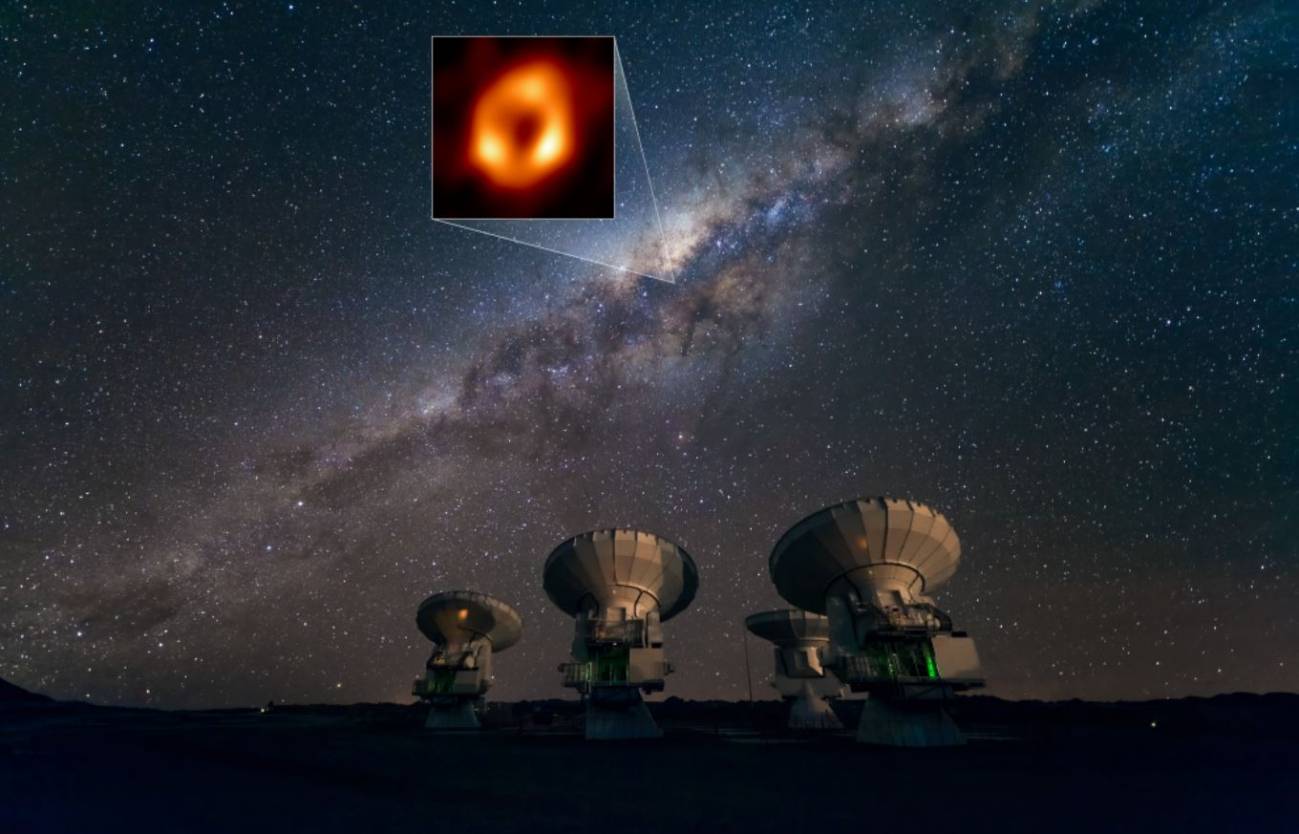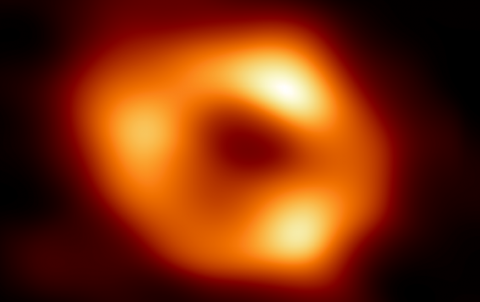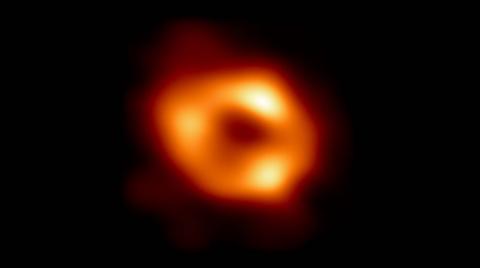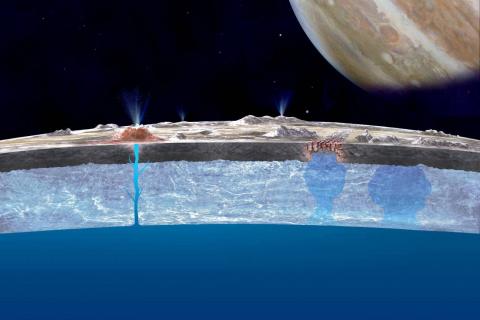The Nobel Prize in physics 2020 was awarded to Roger Penrose for his theoretical work on black holes and to Reinhard Genzel and Andrea Ghez for discovering that at the centre of our galaxy, the Milky Way, there is a black hole, called Sgr A* (read 'Sagittarius A star'), whose mass is four million times the mass of the Sun.
This conclusion is based on decades of detailed observations of the orbits of stars very close to Sgr A*. This has involved, among others, ESO telescopes such as the Very Large Telescope (VLT) and the VLTI interferometer, supplemented with instrumentation specifically designed to achieve the necessary precision in the position and velocity of these black hole neighbouring stars. Armed with these tools, the research teams have used the black hole Sgr A* as a laboratory to verify various predictions of the theory of general relativity, which has passed all tests with flying colours.
Now that the existence of this black hole has been firmly established, all that remains is to "see" it. In April 2019, the EHT (Event Horizon Telescope) consortium published the first image of a truly gigantic black hole (6.5 billion solar masses) at the centre of a gigantic galaxy called M87. For this, the international consortium relied on eight radio telescopes around the world. These include the largest millimetre- and submillimetre-wave observatory ALMA, the APEX telescope (both in the Atacama Desert, which ESO partners and operates with other partners), IRAM's 30-metre antenna on Pico Veleta and the NOEMA interferometer in the French Alps.
A telescope as big as the Earth
The EHT consortium equipped these and the other radio telescopes around the world with the appropriate devices so that their simultaneous observations could be combined with long-baseline interferometry. This achieves the resolution equivalent to that of a telescope the size of the entire Earth.
What do we see in the image of the black hole at the centre of M87? We see the light emitted by the material orbiting the black hole as a result of its gigantic gravitational pull. In the black hole at the centre of M87, it takes weeks for matter to complete an orbit, so the image obtained over a few hours or a few days is a "still picture".
Imaging SgrA*, which the EHT consortium presented today at ESO Headquarters in Garching, Germany, has additional challenges. It is a much less active black hole because it has almost no material around it that it can gravitationally attract and therefore less energetic. We see it bright because it is "close", at the centre of our own galaxy.
Less active than the one we met in 2019
But what has made the observations of Sgr A* particularly difficult to interpret is that the material orbiting around it takes only a few minutes to complete one revolution. So there is no snapshot - to get a picture of Sgr A* you have to spend hours or even days collecting data, and during that time everything changes. After many years of work, the EHT consortium has finally been able to show us today this average image of the black hole at the centre of our galaxy, with the great difficulty that comes with photographing something that moves at breakneck speed.
And what have we learned from this image of Sgr A*? Many things. First, that the size of the black hole corresponds to its mass of 4 million suns, according to the theory of general relativity. This mass, meticulously measured by Reinhard Genzel's team, is exactly what is inferred from the size that Sgr A*'s black hole occupies in the image.
On the other hand, the EHT team concludes that this black hole is rotating and that the axis of rotation is pointing approximately towards us (only 30 degrees away). This result, which is quite remarkable, will undoubtedly cause a lot of discussion.
Difficult-to-interpret data
There is much more in the chamber. The data, which are not easy to interpret, contain a wealth of information that needs to be "decoded". The EHT consortium is working on this, as it prepares to expand the number of radio telescopes it uses and to study other black holes.
I would like to recall here that ESO, the European Organisation for Astronomical Research in the Southern Hemisphere, decided 60 years ago to set up its telescopes in the southern hemisphere and one of the reasons was precisely to be able to study in detail the centre of our galaxy, the Milky Way. It is reassuring to see that the two major results obtained in relation to the black hole Sgr A* at the centre of our galaxy (the orbits of the stars close to the black hole and the image unveiled today) have benefited from that decision.




